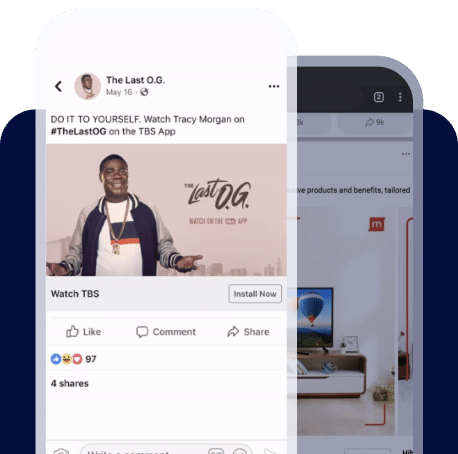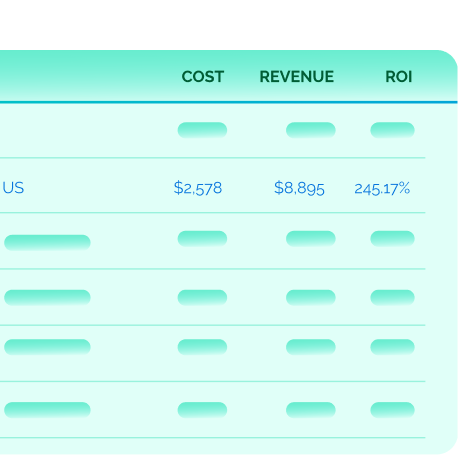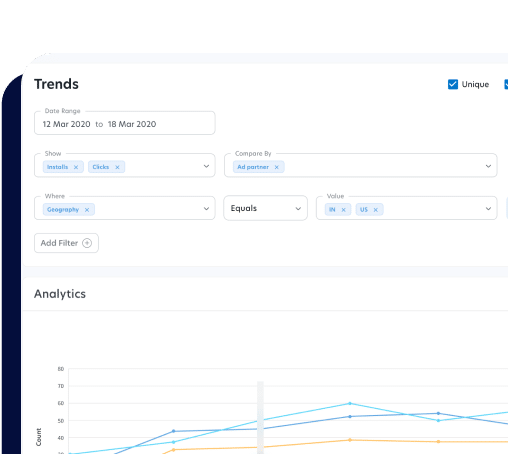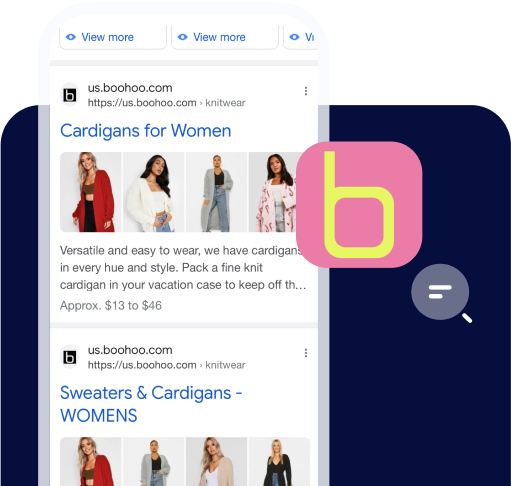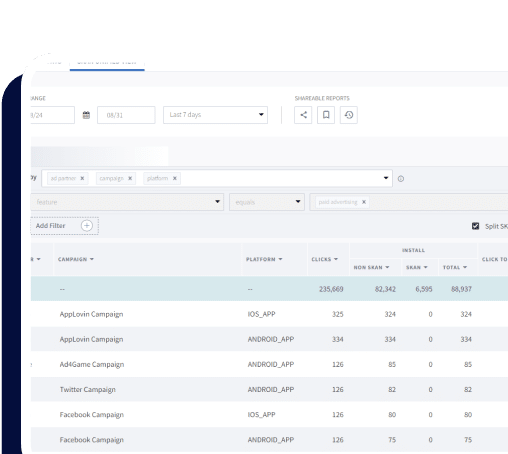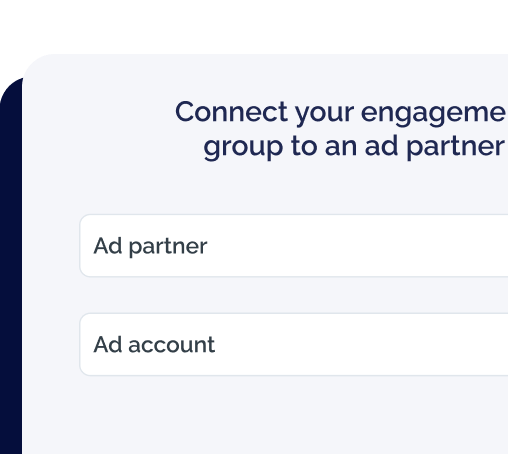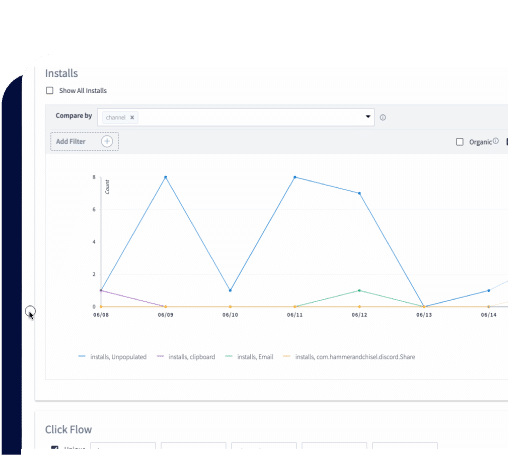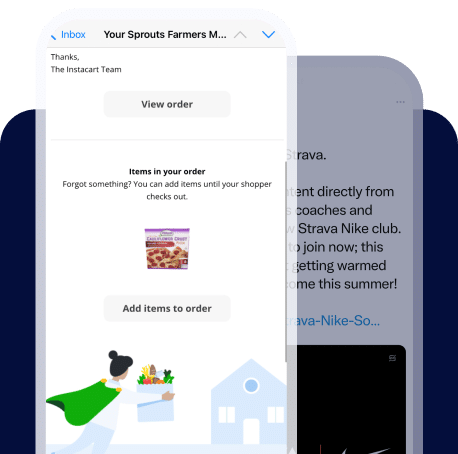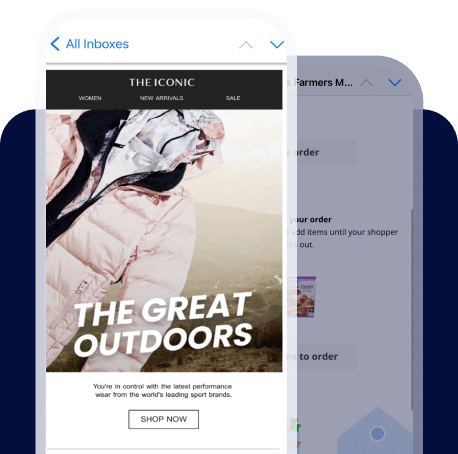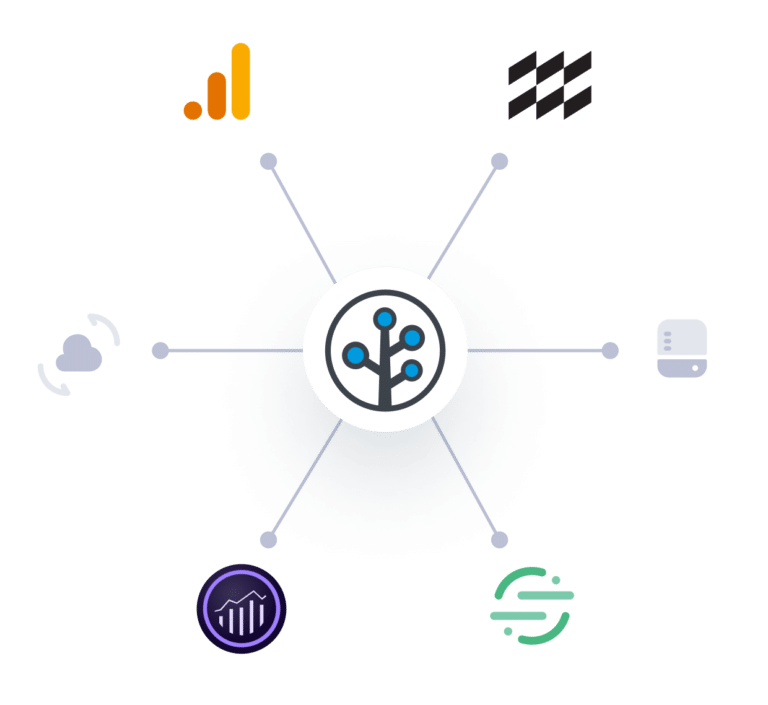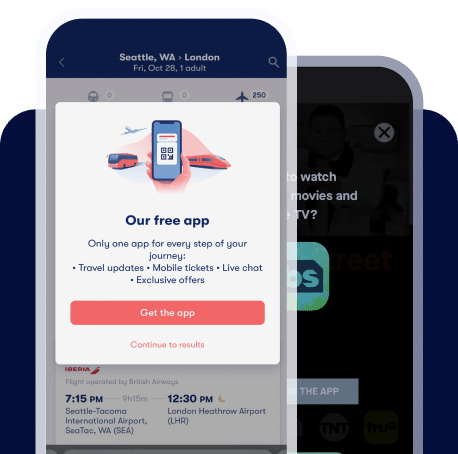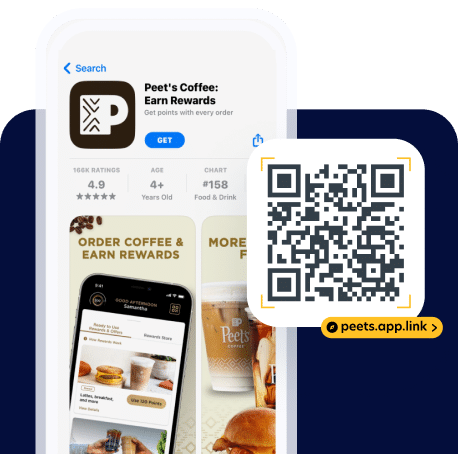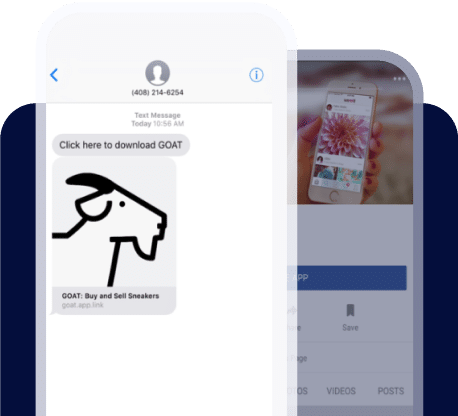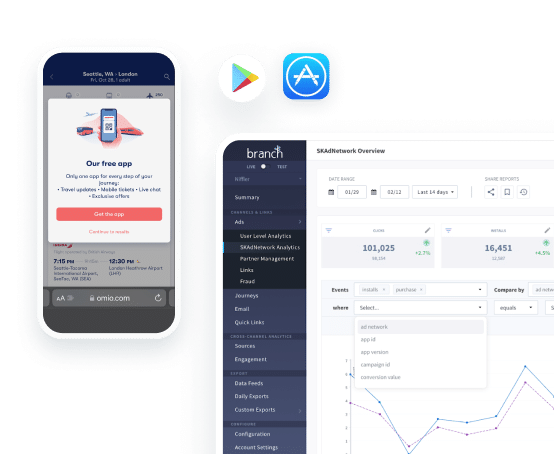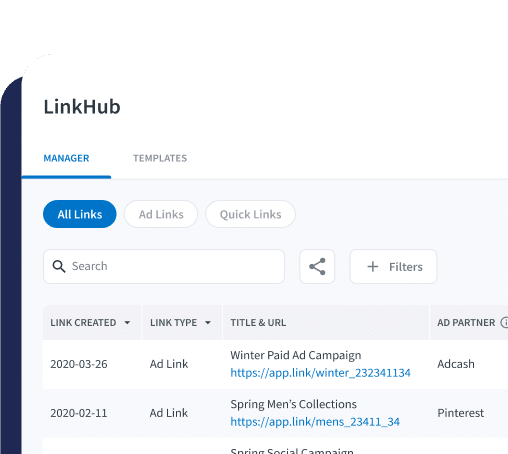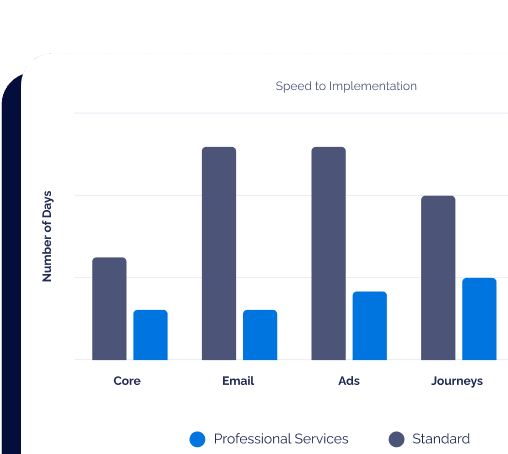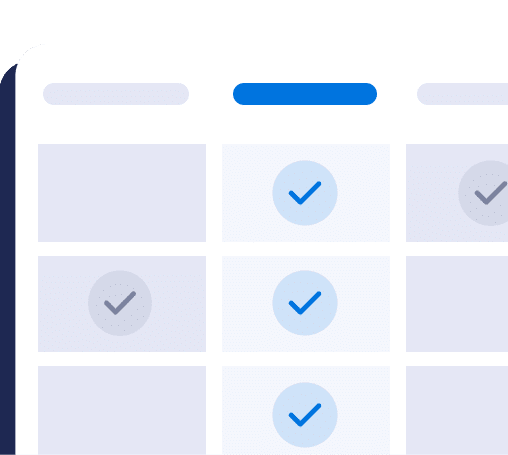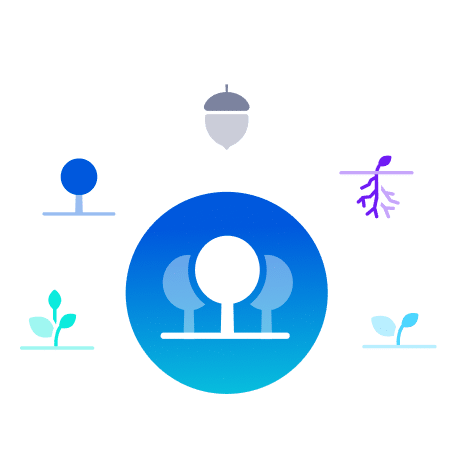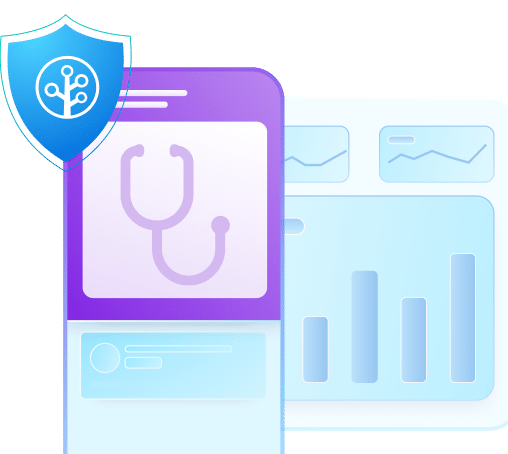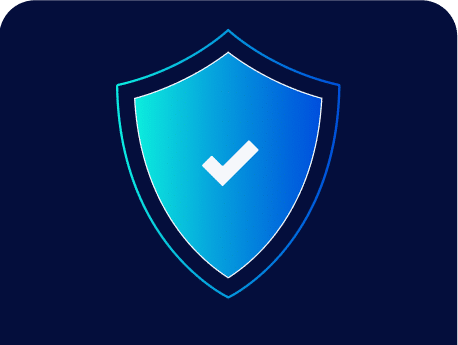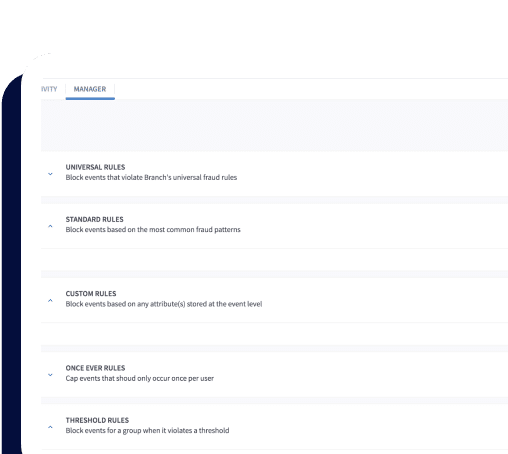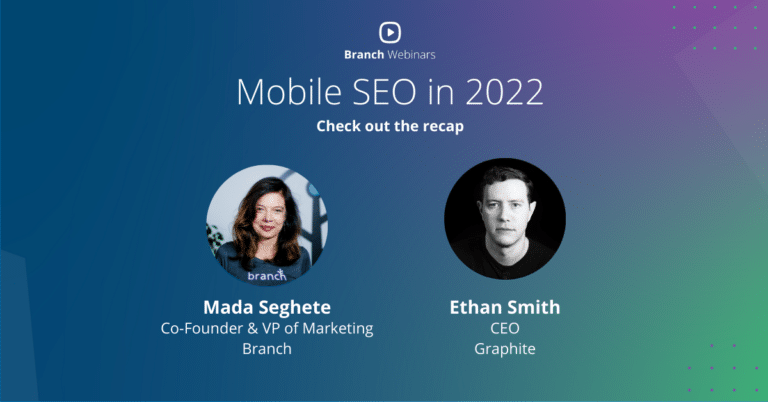Although there’s no question that mobile app usage is growing, people still spend a lot of time on the web to find answers and research solutions before they buy. So, search engine optimization (SEO) is still a relatively simple, cheap, and easy-to-measure way to acquire users. By capturing organic users through mobile SEO and then converting them into app users, brands can develop an extremely loyal customer base. Plus, organic mobile users who download your app stay with your brand longer and make more purchases over time. This results in higher long-term ROI than paid acquisition and social media.
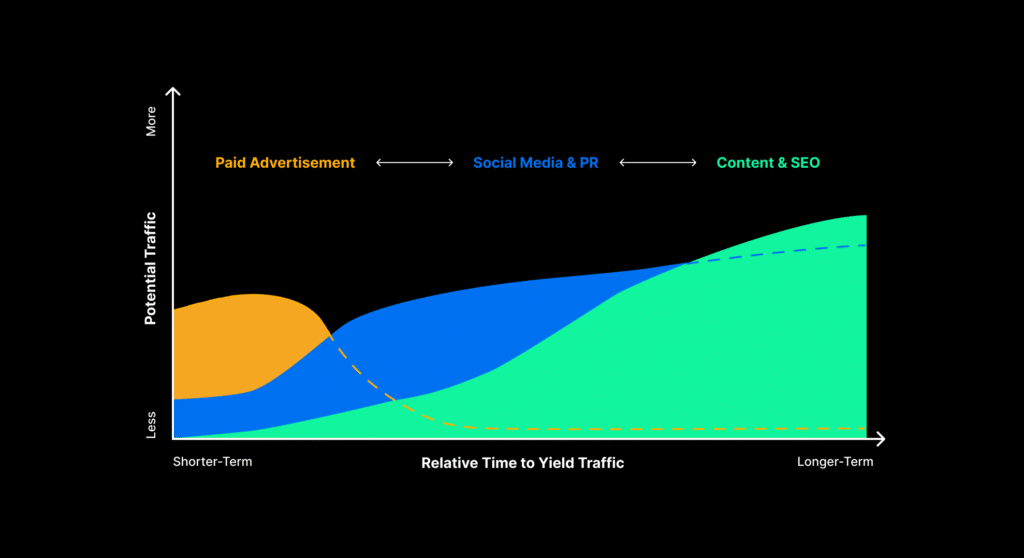
But how can you use SEO to reach and encourage new customers to install your app? Ethan Smith, CEO of Graphite, and Mada Seghete, Co-founder and VP of Marketing at Branch, dove into this question and more in our recent webinar, Mobile SEO in 2022.
TLDR: 7 SEO best practices to know
- Match your user’s intent. A page’s internal goal should always match the user’s external intent.
- Analyze your content. Learn where you’re already ranking and acquiring users, then create more content like that.
- Link architecture is important. Crosslink article, category, and product pages to help Google crawl and index your site. More crawling equals more traffic.
- Limit large banners. Those should be reserved for users acquired from email or social media. For organic searches, banners should be small or just a button.
- CTA word choice matters. Conversion goes up significantly when you reference intent.
- Make small changes. Experiment with color, text, and messaging based on the user intent. Keep this context throughout the entire user journey.
- Be patient. SEO success can take a long time, but content ROI will also stay with you for a long time.
SEO by intent: Getting new users to your website
Ten years ago, SEO was primarily a technical exercise. The job of SEO was to understand and exploit the holes in the Google algorithm. In the past, much of SEO was based around creating a single page targeting every single keyword as an exact match. But that just ended in a lot of automated spam.
Now, Google is much more optimized for user intent. Typically, intent is either learning or buying. Pages must not only fulfill the user intent but also anticipate all the different ways a user could search for a particular concept.
SEO content: Optimizing user intent and link architecture
To help both content creators and users identify the right content, Google now also classifies different page types. These include articles, product pages, or category pages. This is important to know as you build an SEO strategy because now you can match keywords, page types, and user intent for the first time. It also means, if you want to rank higher in searches, that web design, content, and engagement all need to fulfill user intent.
The good news is, your content can outperform competitors — even if the competitor is more well known or has higher rankings for similar topics — if you create better, more comprehensive, and more engaging content. Crosslinking pages will also help Google crawl your site more, increase traffic, and boost rankings.
“When Google is looking at whether or not our page design is good, or the content is good, or engagement is good, we’re compared with the other results that are ranking, and it’s all relative. We can especially win on content. So, if we’re an early site that does not have a ton of authority, we can outperform on the content and the engagement side.” — Ethan Smith, CEO of Graphite.
Organic search: How to get your content to rank
To get your content to rank, start with identifying topics where you’re already ranking or acquiring users. Double down on that content. Topics are a set of keywords that fulfill all major intents — browsing, learning, and buying. Content that addresses all of these intents will rank higher.
Brands can also win with content by filling in gaps that competitors are missing and building out extensive and engaging content. How-to articles (like this one!) or listicles, for example, are great ways to attract new users. This is not only because they are more engaging and easier to understand, but also because Google has started to rank listicles higher than product or category pages.
By understanding your audience’s intent and creating content that both matches that intent and outperforms competitors, you will begin to win more users.
Conversion by intent: Getting users to download your app
Once you acquire more users on your website, how do you convert them? Your website can be a powerful tool to acquire app users.
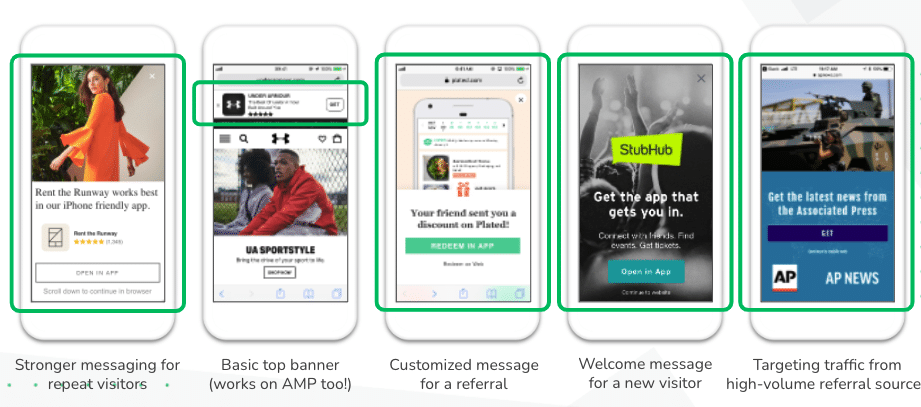
“If you get users into your app, they’re more likely to stay with you for a longer period of time, they’re more likely to convert, they’re more likely to actually become loyal customers.” — Mada Seghete, Co-founder of Branch.
Website banners are often used to entice users to download an app. The best banners are personalized to match user intent and make small changes in color, text, and messaging accordingly. For instance, app installs increase significantly when calls to action match intent. Instagram says “View Photos in App” versus “Use the App” and DoorDash uses “Order Delivery in App” instead of “Continue.” This approach substantially increases conversion.
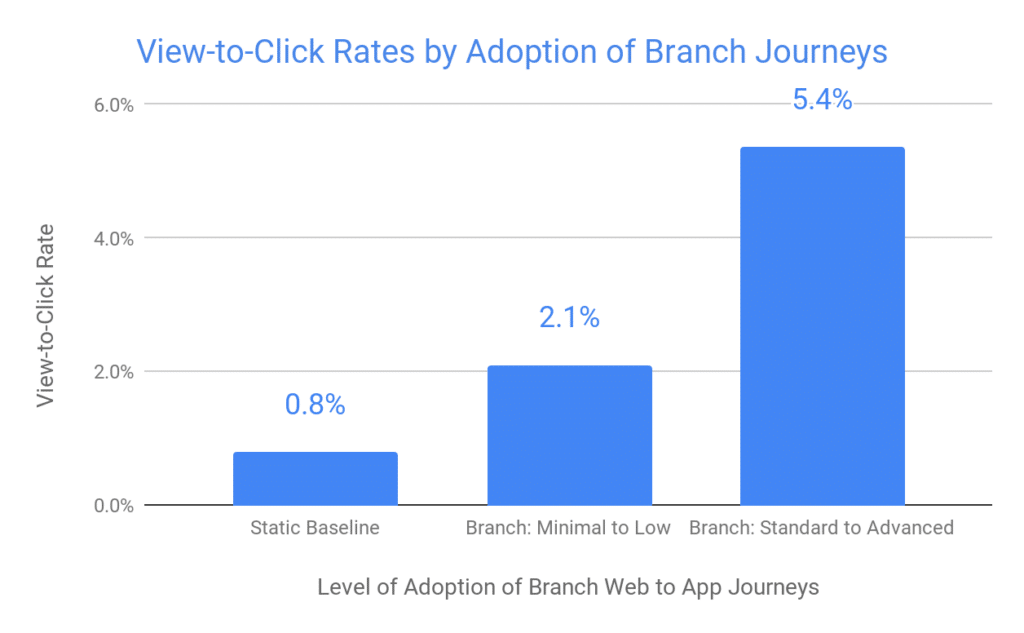
Another important note about banners is that Google will penalize you if you show large banners to users coming in from organic searches. For organic searches, banners should be small or just a button.
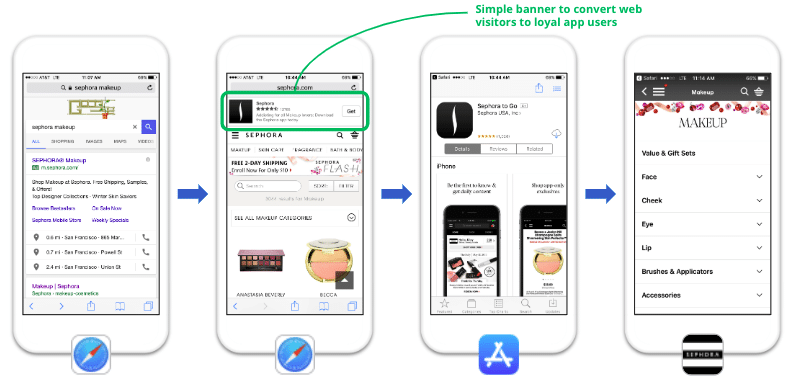
Although we’ve been mostly talking about mobile SEO, you can also use QR codes from desktop to get users to download an app. Again, it’s important to provide the same intent context from the webpage, to the app install, to the app open.
By experimenting and measuring different designs, messaging, and intents, you can learn what works best to convert web users into app users and optimize your strategies over time.
Conclusion
SEO has drastically changed in the past decade from technical algorithm hacks to quality, intent-driven content and engagement. To really get the most from SEO, you must focus on creating content and designing pages that match user intent. This takes time, sometimes months or even years. But the return on the minimal, fixed-cost investment is very high. If you can convert those users into app users, that return is even higher because app users tend to be more loyal and buy more often.
To learn more about using mobile SEO to convert users, watch our Mobile SEO in 2022 webinar.
Watch the Mobile SEO in 2022 webinar
Branch provides the industry’s leading mobile linking and measurement platforms, offering solutions that unify user experience and attribution across devices and channels. Branch has been selected by over 100,000 apps since 2014 including Adobe, BuzzFeed, Yelp, and many more, improving experiences for more than 3 billion monthly users across the globe. Learn more about Branch or contact sales today.

